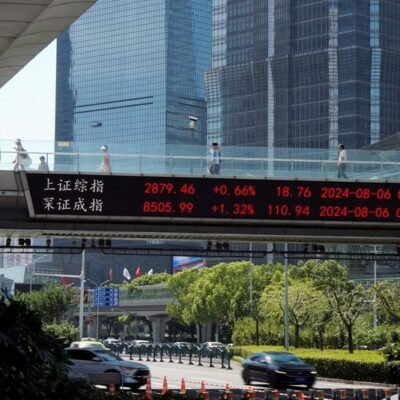
Trading apps have become the go-to platform for both novice and experienced investors.
They provide real-time access to markets, streamlined order execution, and a range of analysis tools all from the convenience of a smartphone.
Before committing your funds and personal information, it’s essential to assess the safety and usability of any trading app you intend to use.
Security Features
Security should be your first consideration when evaluating trading apps in South Africa. Look for the following measures:
- Regulatory Compliance – Check the app is provided by a broker regulated by reputable authorities, such as the Financial Sector Conduct Authority (FSCA) in South Africa, the Financial Conduct Authority (FCA) in the UK, or the U.S. Securities and Exchange Commission (SEC). Regulation ensures adherence to strict operational and financial standards.
- Data Encryption – The app should use industry-standard encryption (such as 256-bit SSL) to protect your personal and financial data from cyber threats.
- Two-Factor Authentication (2FA) – 2FA adds an extra layer of protection by requiring a one-time code in addition to your password.
- Secure Payment Gateways – Deposits and withdrawals should be processed through verified, secure payment systems to reduce fraud risk.
Reliability and Stability
A secure app is of little use if it is unstable or prone to downtime during critical market moments. Evaluate:
- Uptime Record – Check user reviews and official statements about the app’s uptime. Apps with frequent outages can cause missed opportunities or trading losses.
- Execution Speed – Fast order execution is essential in volatile markets. Lag or order delays can significantly affect trading outcomes.
- Regular Updates – Apps that receive frequent updates are more likely to fix bugs, patch security vulnerabilities, and introduce new features.
User Experience (UX) and Interface Design
An intuitive interface can make a huge difference in trading performance and confidence. Look for:
- Clear Layout – Navigation should be simple, with essential functions such as placing orders, monitoring positions, and checking balances easily accessible.
- Customisation Options – Being able to personalise charts, watchlists, and notifications helps you trade more efficiently.
- Accessible Analysis Tools – Technical indicators, real-time charts, and news feeds should be easy to find and use.
- Cross-Device Compatibility – A good trading app should sync seamlessly with its desktop or web counterpart.
Transparency of Fees and Terms
Hidden fees can quickly eat into your trading profits. Before using any app:
- Review the fee schedule, including spreads, commissions, overnight financing rates, and withdrawal charges.
- Look for clear terms and conditions, especially regarding inactivity fees, margin requirements, and account closure policies.
- Avoid apps with vague or overly complicated pricing structures.
Customer Support and Community Feedback
Reliable customer support is essential when something goes wrong.
- Response Time – Check whether the app offers 24/7 support, particularly if you trade international markets.
- Support Channels – Multiple contact options (live chat, phone, email) increase accessibility.
- Reputation and Reviews – Browse independent reviews, user forums, and app store ratings for honest feedback from real traders.
Final Thoughts
A safe and user-friendly trading app should combine strong security measures, platform stability, transparent fees, and an intuitive interface.
By carefully evaluating these factors, you can protect your capital, trade with confidence and focus on making informed investment decisions rather than worrying about the reliability of your trading platform.





